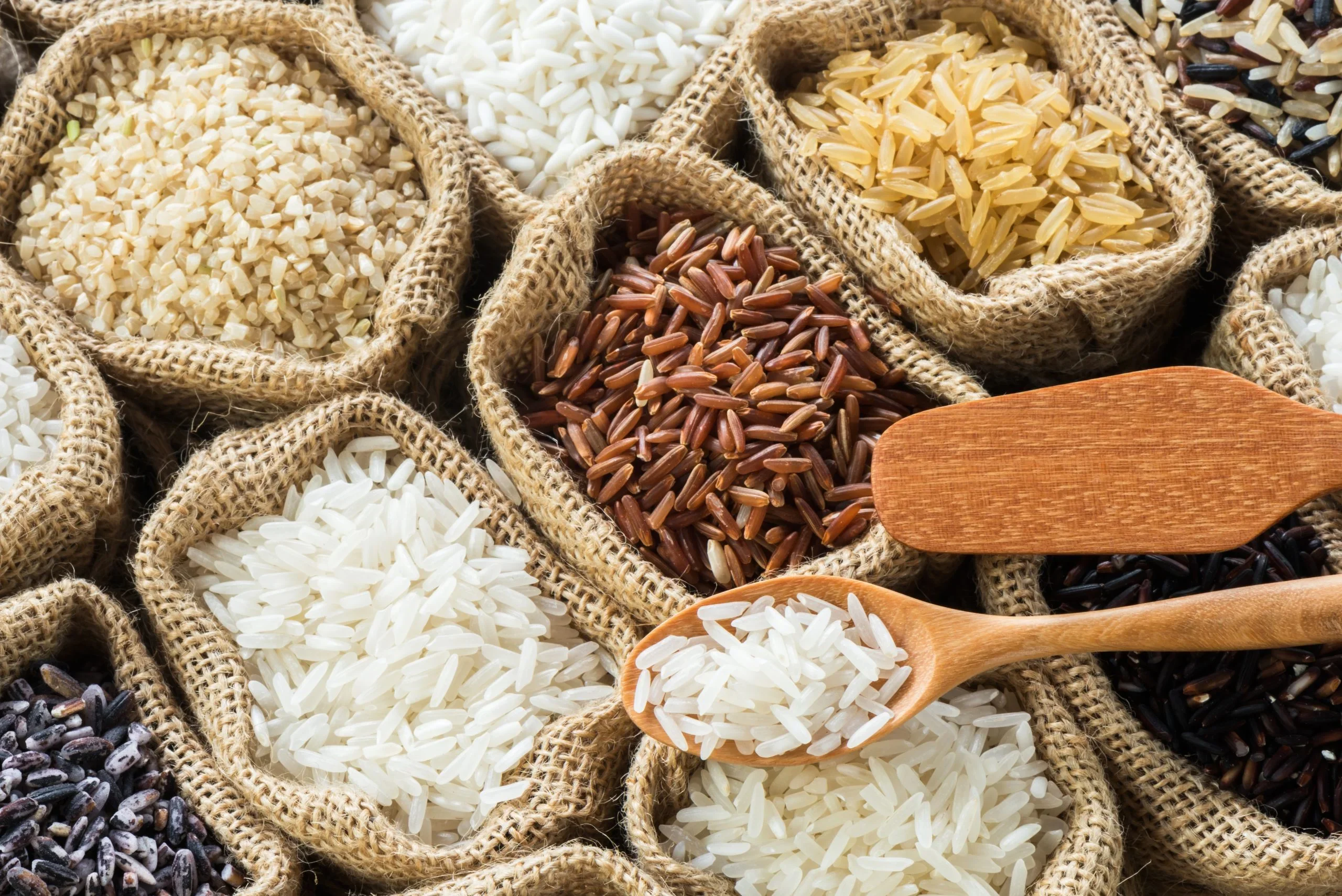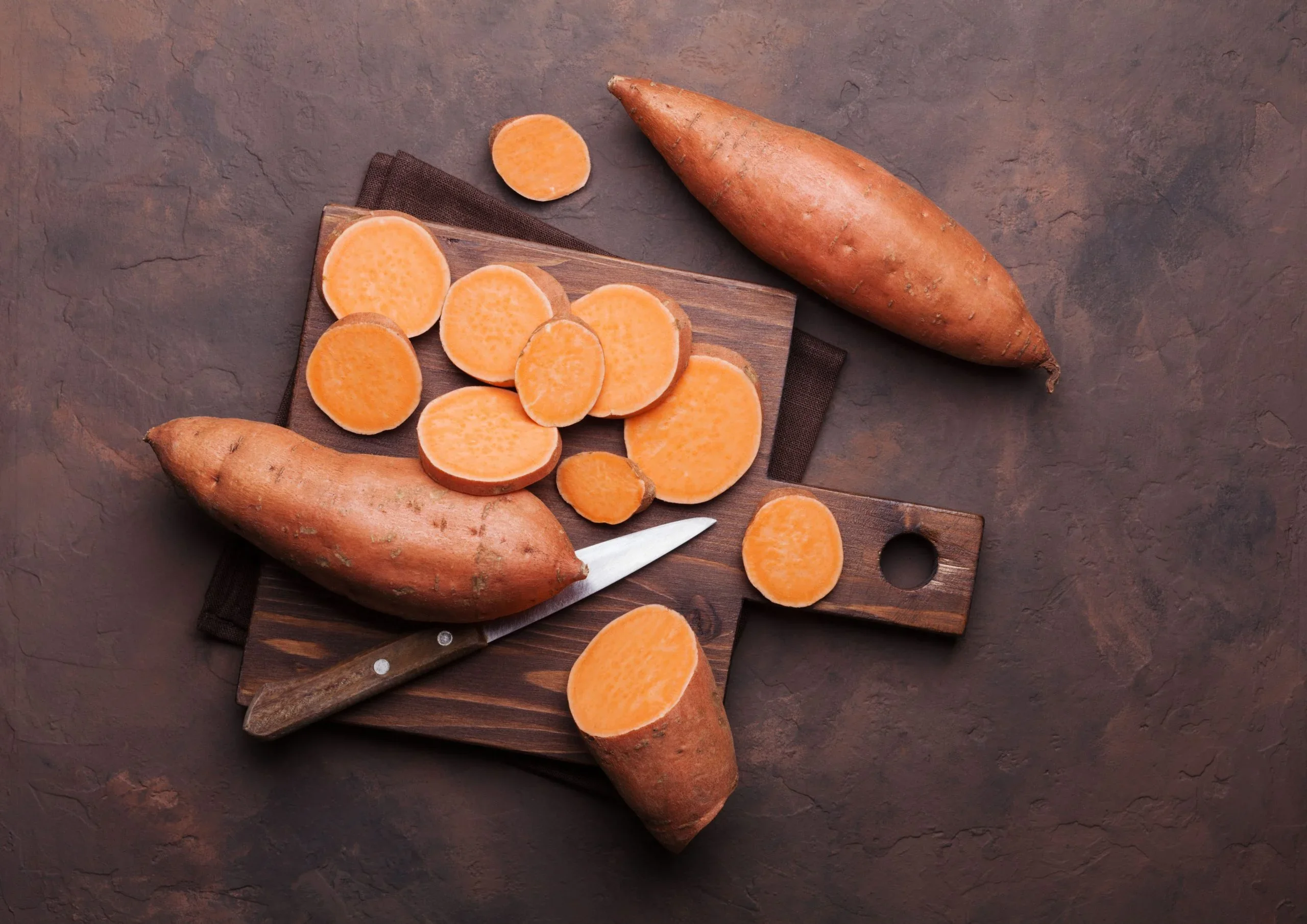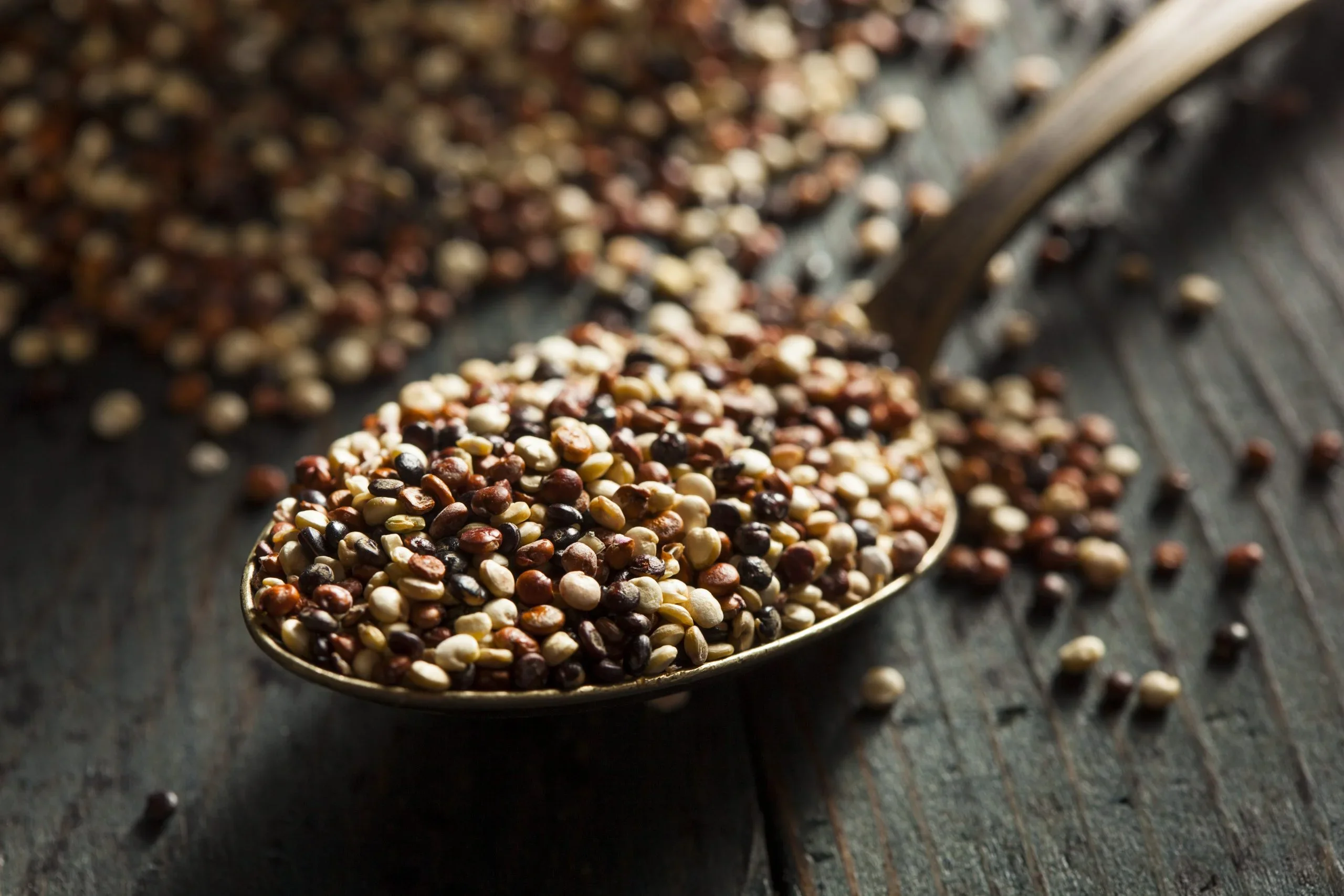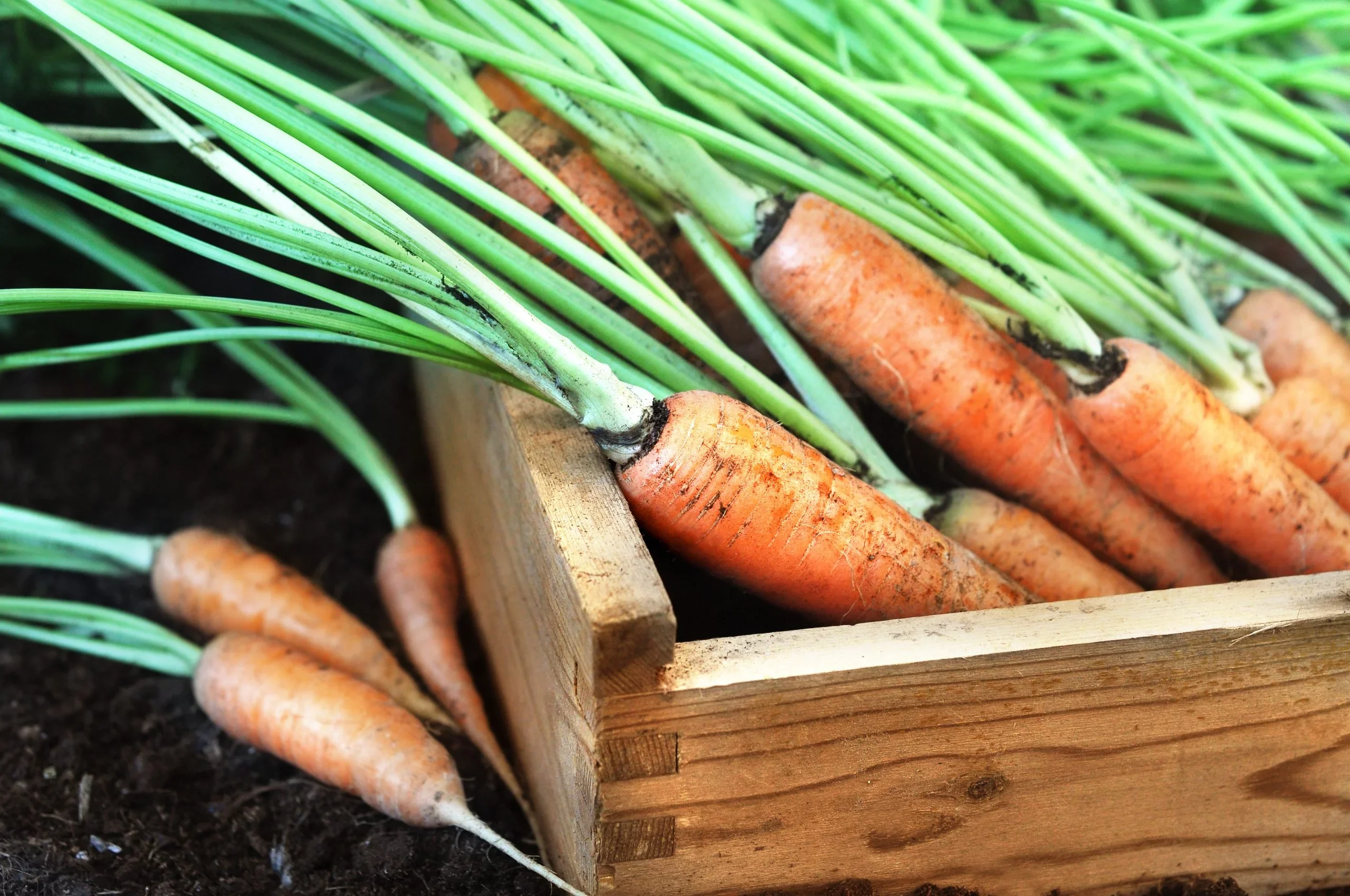Unleading Baby Food: FDA, USDA, and industry need to invest in research to reduce lead in baby food
Tom Neltner, Senior Director, Safer Chemicals Initiative
Note: This is the third of three blogs in this series. Click here for Blog 1 or Blog 2.
On January 24, 2023, FDA released draft action levels for lead in foods intended for babies and young toddlers.1 For most of these foods, the limit would be 10 parts per billion (ppb). FDA proposed a less-protective limit of 20 ppb for dry infant cereals and single-ingredient root vegetable products (i.e., carrots or sweet potatoes) because these products may have greater lead contamination levels. This proposal is a key step in implementing the agency’s Closer to Zero Action Plan.
In this blog, we take a deeper dive into the research needed for FDA to fulfill its commitment to continuously improve its action levels. We identify four issues for which FDA, USDA, and industry should support research if we are to make progress in reducing toxic element contamination of food:




Rice is highly contaminated with lead, as well as with high levels of inorganic arsenic. Rice has long-been recognized as the primary source of young children’s dietary exposure to inorganic arsenic. FDA’s data2 now make clear that lead contamination is also a significant issue. For the 299 rice cereal samples, the 90thpercentile was 21 ppb of lead, and 28% had levels of 10 ppb or more. In contrast, only 1 of 85 samples (1.2%) for non-rice or multigrain cereals had 10 ppb or more of lead, and the 90th percentile was 8 ppb, so a 10-ppb level can be met and is justified.
In 2020, FDA highlighted that inorganic arsenic concentrations for infant rice cereal had dropped from 64% greater than 100 ppb in 2011-13 to 53% in 2014 to 26% in 2018. Some of this progress can be attributed to baby food companies screening out rice with higher levels, a change that shifts the more highly contaminated products to general market. However, there is also compelling research showing that improved growing and processing methods such as intermittent flooding of fields, removing bran, and decanting cooking water significantly reduce inorganic arsenic contamination.
More research is needed to reduce lead contamination in rice and how it correlates to inorganic arsenic levels). We also need additional research on essential nutrients in rice.
Sweet potatoes commonly have significant lead contamination, but research shows promise. Lead contamination of sweet potatoes was significant enough that FDA set an action level for foods where they were the only ingredient. FDA’s three data sources evaluated 14 samples of sweet potato puree and half of the samples were above 15 ppb with the highest at 34 ppb.
Several years ago, EDF funded Dr. Arthur Villordon at Louisiana State University’s Sweet Potato Research Center to investigate the lead contamination and identify potential research opportunities. He and his team determined that much of the contamination was in the peel, suggesting that optimized peeling would be beneficial. They also identified the possible role of type of sweet potato—as well as opportunities to manage essential nutrient availability—to reduce uptake of lead.
Along with researchers from Mississippi State University, University of California—Davis, Colorado State University, and two units of USDA’s Agricultural Research Service, Dr. Villordon and his team applied to USDA last month for significant research support to evaluate those and other opportunities.
Quinoa is highly contaminated with lead and cadmium. Arsenic levels were not provided. The levels of lead in quinoa were significantly higher than rice cereal, grain snacks, or root vegetables. While the data set is older (from 2014) and much smaller (29 samples), the 90th percentile was an astounding 90 ppb of lead. In addition, 41% had 20 ppb or more of lead and 58% were over 10 ppb.3 In addition, cadmium was also present in all but two of the samples ≥ 10 ppb and 75% were ≥ 50 ppb.
EDF talked with one of the leading researchers on quinoa, Dr. Lori Hoagland of Purdue University, about opportunities to reduce contamination. She thought that changing strains of quinoa might be the best strategy, although research funds are limited.
Carrots also have significant lead contamination. As with sweet potatoes, FDA data showed that carrots were also contaminated with lead, although at lower levels than sweet potatoes—the other root vegetable common in baby food. For the 39 samples of carrot puree, the 90th percentile was 15 ppb of lead, and 20% had levels of 10 ppb or more.
Several years ago, EDF funded Dr. Hoagland to investigate lead contamination in carrots and identify potential research opportunities. She and her team determined that much of the contamination was in the outer areas of the carrots, suggesting that optimized peeling would be beneficial. They also found that a particular strain of carrot showed promise in reducing uptake of lead and cadmium.
Along with researchers from Michigan State University, Cornell University, University of Buffalo, University of California—Davis, and a unit of USDA’s Agricultural Research Service, Dr. Hoagland and her team applied to USDA last month for significant research support to determine more effective ways of reducing lead in carrots.
Additive or Synergistic Impacts of Lead, Cadmium, Arsenic, and Mercury
FDA’s Closer to Zero Action Plan focuses on four toxic elements—lead, cadmium, inorganic arsenic, and mercury. One of the early goals was to consider the cumulative effects of these toxic elements on children’s developing brains.
Dr. Piper Reid Hunt and a team at FDA’s Office of Applied Research and Safety Assessment have been studying the harm to the developing nervous systems of nematodes (C elegans) because they are similar enough to human neural development to allow helpful insights. Her important research is not yet made public.
In summary, we encourage FDA, USDA, and industry to invest in research to reduce contamination of foods with toxic elements and evaluate the research that the presence of these substances in the diet can have on children.
Sign up to receive notifications when we publish a new Deep Dives post!
1 We included all 29 samples that FDA identify as quinoa, even if the agency did not also identify it as a dry cereal.
2 1) Toxic Element Program consisting of 356 samples of dry infant cereals, fruits, mixtures and vegetables collected from 2008-2021; 2) FDA Survey 1 consisting of 147 samples of dry infant cereals and mixtures collected from 2013 to 2014; and FDA Survey 2 consisting of 360 samples of fruits, mixtures, vegetables, yogurts, custards/puddings, and single-ingredient meats collected in 2021.
3 FDA’s guidance refers to babies and young children. However, the action levels only apply to foods intended for children younger than 24 months, a very narrow definition of young children, especially since children up to six years of age are particularly vulnerable to the harm to their brain from lead. Other federal agencies set standards for this broader age range. Toddlers are generally considered to be between 1 and 3 years of age. Therefore, we use the term “toddlers” to avoid confusion.












